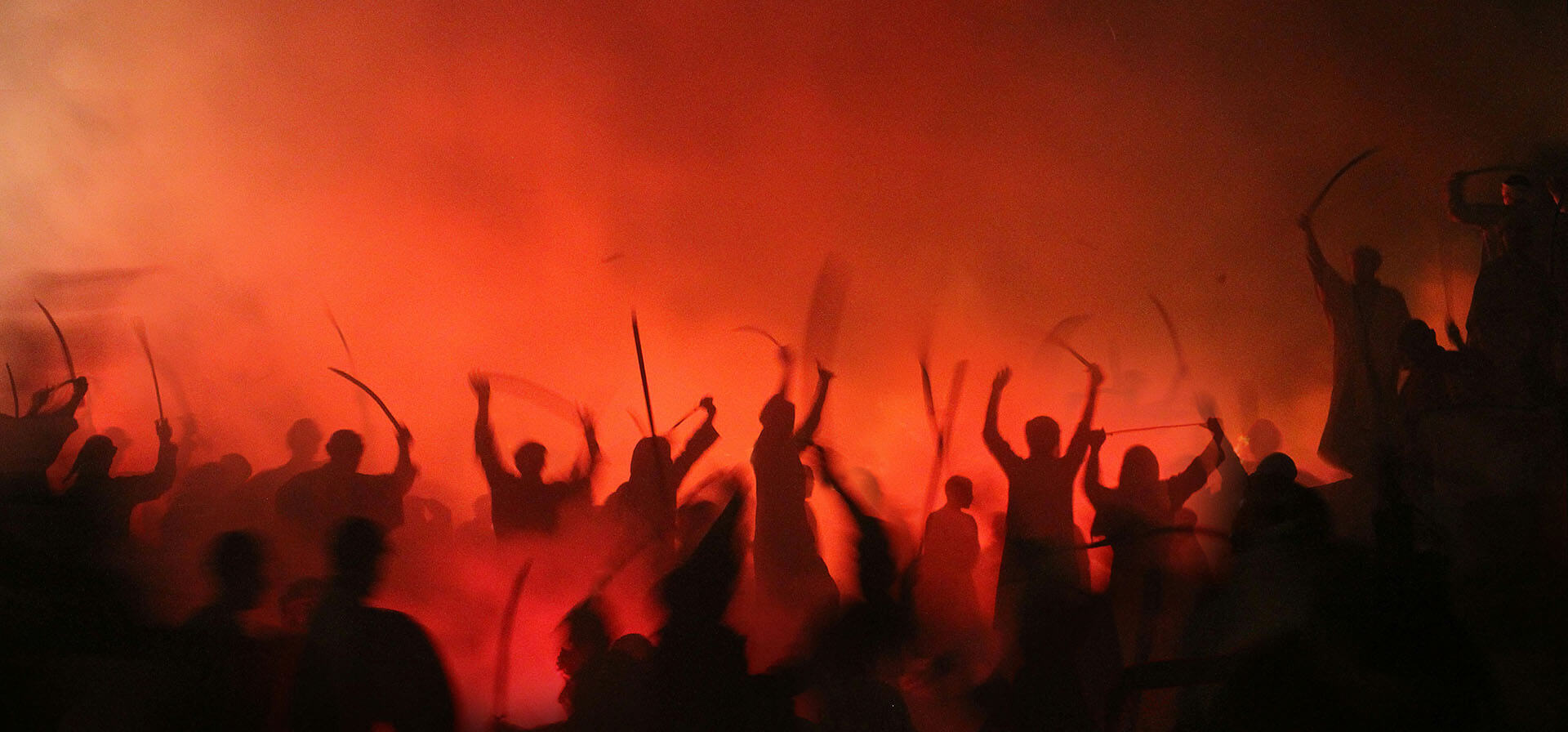The world is constantly on the move. Coup attempts, changes of government, geopolitical influences and/or natural disasters are the order of the day. Modern monitoring systems can record publicly available news from crisis areas and generate an approximate picture of the situation. But an important building block is missing.
National broadcasters that still rely on terrestrial broadcasts via satellite or antenna are a good source of initial information. You have to fall back on these sources if local internet bans are imposed or access to social media platforms is temporarily suspended.
In these situations, analysts are dependent on local news sources. In one of the projects we supervised, after the internet was blocked in a country in the Sahel zone important to obtain initial information. Before the coup, the national broadcasters used to broadcast in French due to the regulations of the former colonial rulers. In the coup, the focus is on African languages Hausa and Kanuri have returned.

Figure 1: XENTAURIX Media and Broadcast Logger
In order to receive these local radio and television stations and monitor the sources, satellite capacities were rented in rapid succession and (raw) video streams were tapped. The neighboring countries have also been included in this process. The transmissions were recorded using special loggers and transcribed from the original language (French, Hausa, Kanuri) into English using AI modules.
Spelling and grammar rules such as punctuation and capitalization were taken into account in the transcription and translation. The text was transferred in time packages (junks) of one hour each as full text via our platform connector RS-Link to the central monitoring system Talkwalker. In Talkwalker, the analyst was able to use the conversation analysis – Conversation Cluster and Blue Silk – to make a very meaningful assessment of the situation and summarize the discourse.
Since Talkwalker is not a conventional database, but only references documents on the Internet, the texts were packed into HTML containers by the platform connector. This makes it possible to apply ex-post analyses to the full text. In an optional expansion stage, it is also possible to provide the respective video sequences analogous to the transcriptions in the HTML containers.

Figure 2: Radiosphere RS-Linx/Talkwalker/RS-Link
The use of transcription and translation with over 50 different languages offers completely new perspectives for broadcasters, press and news agencies, digital publishers, crisis centers, news services, financial and economic sectors. Current news broadcasts from the country/region are available with a slight time delay with original text or translated as English or German text synchronized with the broadcast.
The technology we use comes from artec technologies AGwhich, with its XENTAURIX Media and Broadcast Logger offers a sophisticated and robust solution. The XENTAURIX system is characterized by a very universal logging technology and processes all leading broadcast and webcasting standards and formats. Besides artec technologies AG also supplies rola with rsObIn a solution in Oberhausen. The latter captures Internet broadcasts, among other things, and includes object recognition that extracts subtitles via OCR and can recognize and analyze weapons, people, symbols, brands and license plates. According to insiders, AI models and machine learning components will also be used for the future disinformation analysis of deep fakes in images, moving images and sound. A very broad basis for terrestrial broadcasting is provided by the Vienna-based company eMedia Monitor. EMM is only planning to use AI modules, but is currently the market leader in terms of the coverage of channels and sources to be monitored.
Takeaway
With the technology that can be used today in combination with artificial intelligence, the information needs of analysts in the situation center can be met. Radio & TV can now be seamlessly integrated into professional monitoring systems such as Talkwalker integrate. Thanks to the high degree of automation, this solution will be indispensable for comprehensive conversation and discourse analysis in many use cases in the future.

Heinz D. Schultz
Business Development for Analytics at RADiOSPHERE
“Crisis monitoring on radio/TV broadcasting also works without the Internet.”
Heinz D. Schultz has worked for several years as a consultant and business analyst for renowned companies. At Radiosphere, he is responsible for business development and consulting.
Phone: +49 7021 9989018
Make a phone appointment
Email: hdschultz[@]radiosphere.de
Photos and graphics: artec technologies AG, Radiosphere, Hasan Almasi/Unsplash

